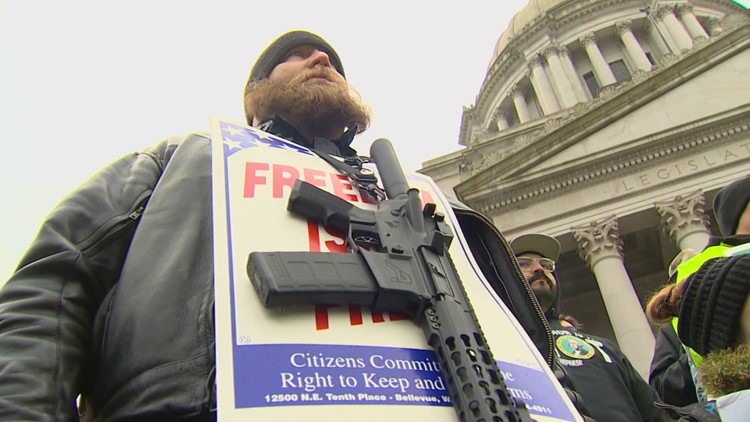
Great article by Erin McCormick discusses how a new study found that more than two million counterfeit pills were confiscated in the last quarter of 2021 alone.
And over the past four years, the number of counterfeit pills containing fentanyl that have been seized by US law enforcement jumped by 4,850%. The new study shows an alarming surge in the deadly drug is putting people at increasing risk for accidental overdose.
Using a first-of-its-kind, real-time analysis of federal data, the study found that more than 2m fake pills were seized by officials in the last quarter of 2021 alone. This was a drastic increase up from 42,000 in the first quarter of 2018. Researchers also found that the number of individual seizures involving fentanyl pills increased by 834%.
The study’s authors say this reflects the huge supply of these pills. Apparently, criminal drug networks manufacture the pills to look like legitimate pharmaceutical tablets sold on the streets.
“These look just like prescription pills. That’s the scary part. One pill that contains fentanyl literally can kill you.” ~Study’s lead author, Joseph Palamar, professor of population health at NYU Grossman School of Medicine.
The study comes at a time when the number of overdose deaths in the US has exploded to more than 100,000 a year due to the huge amounts of fentanyl and other synthetic opioids saturating the nation’s drug supply. Fentanyl is as much as 100 times more potent than morphine and, as Palamar notes, one small baggie of the stuff can contain enough of the drug to kill hundreds of people.
In a two-month period in 2021, the US Drug Enforcement Agency announced it had arrested 810 drug traffickers across the United States and seized enough fentanyl-filled pills to kill more than 700,000 Americans.
Researchers said the number of drug seizures is a reflection of the huge amount of fentanyl on the streets and warned of the dangers it can pose to unknowing members of the public, particularly young people who may be unwittingly buying fentanyl-tainted pills online or from friends.
“Pills can disguise the risk,” said study coauthor Dr Daniel Ciccarone, a professor specializing in addiction medicine at the University of California, San Francisco. “A pill can be taken by a college student who is trying to stay up all night to study for an exam and doesn’t know whether his buddy is selling him real Adderall or fake Adderall. A pill can be taken by a kid who goes to a club and thinks he’ll have more fun if he takes the party drug MDMA – and instead he gets fentanyl.”
Ciccarone and Palamar said people should avoid any pill that isn’t prescribed by their own doctor – including medicines given to them by friends or bought over social media or on the street. At the very least, users of illicit drugs should consider testing them with fentanyl detection strips, available through many health departments and needle exchange groups, they said.
“The street pill is now much more dangerous than it was for earlier generations,” said Cicarrone. “That is the problem.”
The study’s innovative methodology analyzed real-time federal data on the drugs being seized by law enforcement on streets and at border crossings around the nation, in what researchers hope can become an early warning system for spotting new drug dangers on the market and even heading off overdose deaths.
“An increase in illicit pills containing fentanyl points to a new and increasingly dangerous period in the United States,” said Dr. Nora Volkow, director of the National Institute on Drug Abuse, which funded the study. “Pills are often taken or snorted by people who are more naive to drug use, and who have lower tolerances. When a pill is contaminated with fentanyl, as is now often the case, poisoning can easily occur.”
Young people have been particularly hard hit by recent drug overdose deaths. An earlier analysis showed youth under 24 account for the fastest rise in drug deaths, with 7,337 youth dying in 2020 alone.
Please contact my office if you, a friend or family member are charged with a drug offense of any other crime. Hiring an effective and competent defense attorney is the first and best step toward justice.















